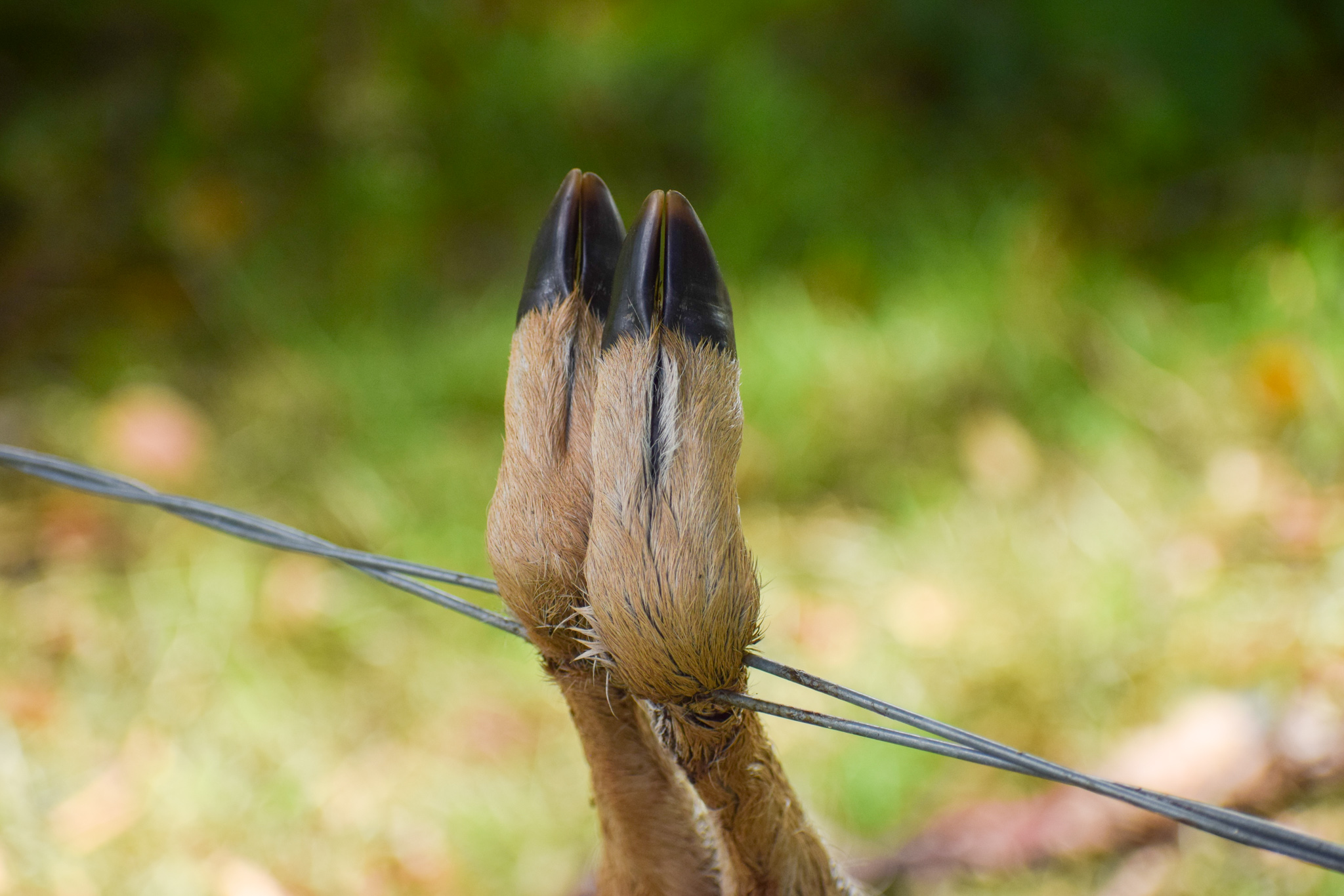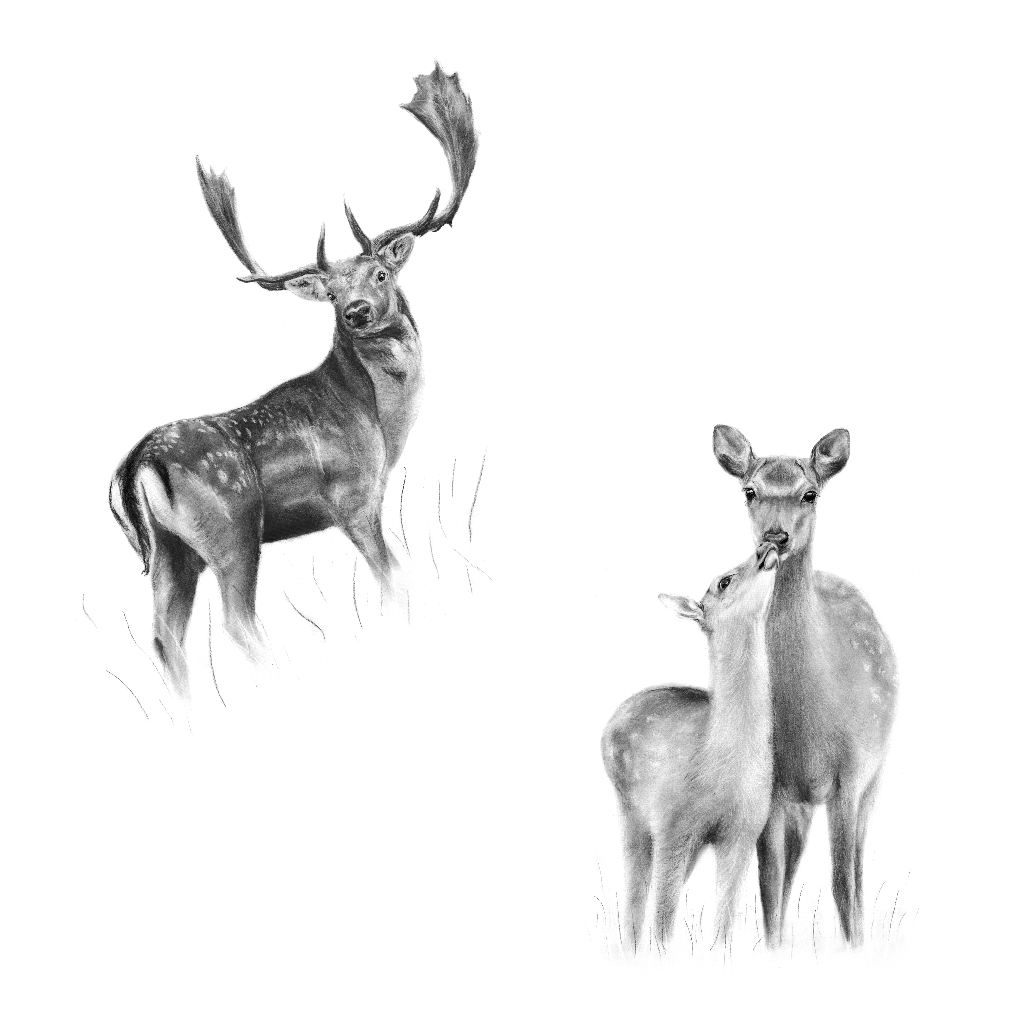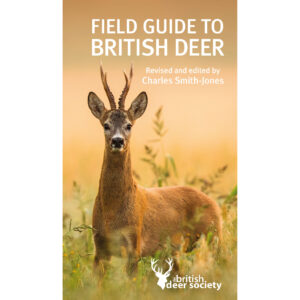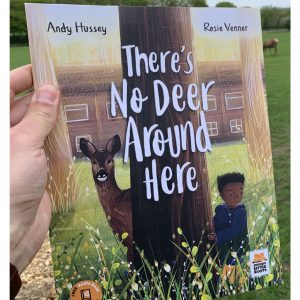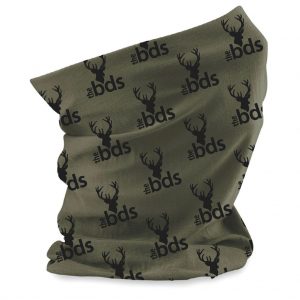ABOUT FENCING HAZARDS
Recent cases have included electric fence tape, washing lines and even nets left on football goals overnight. As deer are coming into ever closer contact with urban communities in addition to their more traditional rural habitats, these problems are increasing.
THE RISKS TO DEER
Male deer are especially vulnerable as antlers can become further entangled in trees or bushes, and sometimes even with each other. This can be especially so in late summer (or spring in the case of roe deer) when they have finished growing their antlers. At these times the newly grown antlers are itchy and irritate the deer which will try to relieve the itch by rubbing at all sorts of objects, so making them even more vulnerable to entanglement.
Electric fence tape that divides fields for horses and other stock can be a problem if it is not kept taut, especially narrow tape that the deer cannot always see. Deer tend to notice wide tape more and may sniff at it to receive a gentle warning to go no further!
When fields have been left unoccupied for a while and the tape left in place though not energized it can become a hazard as it starts to slacken. Instead, inactive electric fences should be dismantled and stored away safely until needed again; doing so would help to reduce or prevent untold wildlife suffering. If this cannot be done, regular checks should be conducted to ensure that it remains taut.
Mesh fences can also be a danger, especially if constructed from lightweight materials such as light plastic or nylon mesh which should be avoided in any places that deer may visit. Seasonal crop protection structures, such as fruit cages, are best dismantled once the growing period is over.
Stock fencing can be a special hazard if topped with parallel strands of plain or barbed wire. A deer attempting to jump over it can catch a rear leg between them, twisting the wire and becoming inextricably trapped. Wherever possible a single strand topping is always recommended.
The British Deer Society asks everyone to ensure that temporary fencing, netting, and similar materials are prevented from becoming a hazard to wildlife. In particular, keeping paddocks, fields, woods, gardens or allotments and any other places that deer are likely to visit tidy and clear of waste materials can help to prevent untold wildlife suffering.




